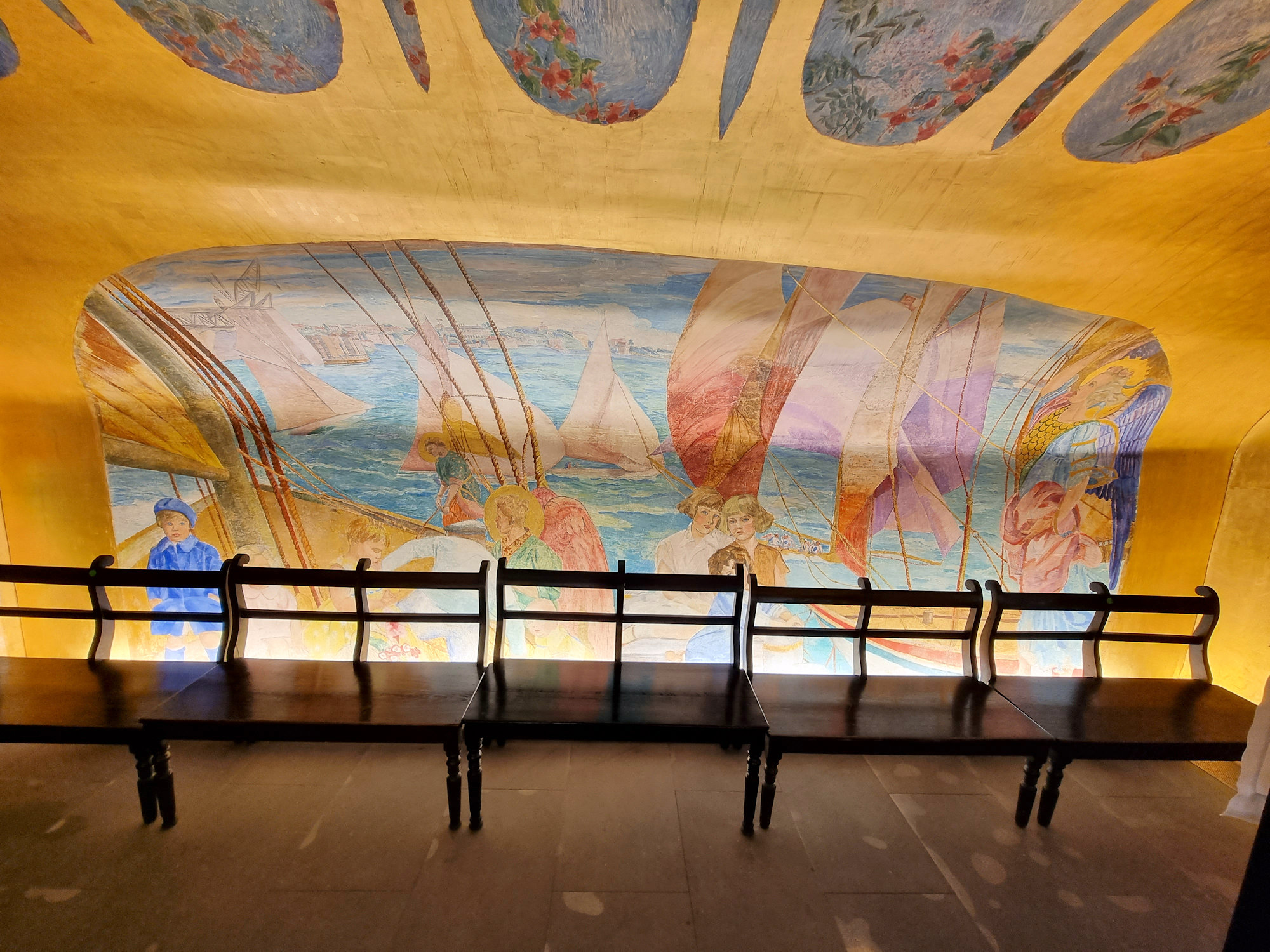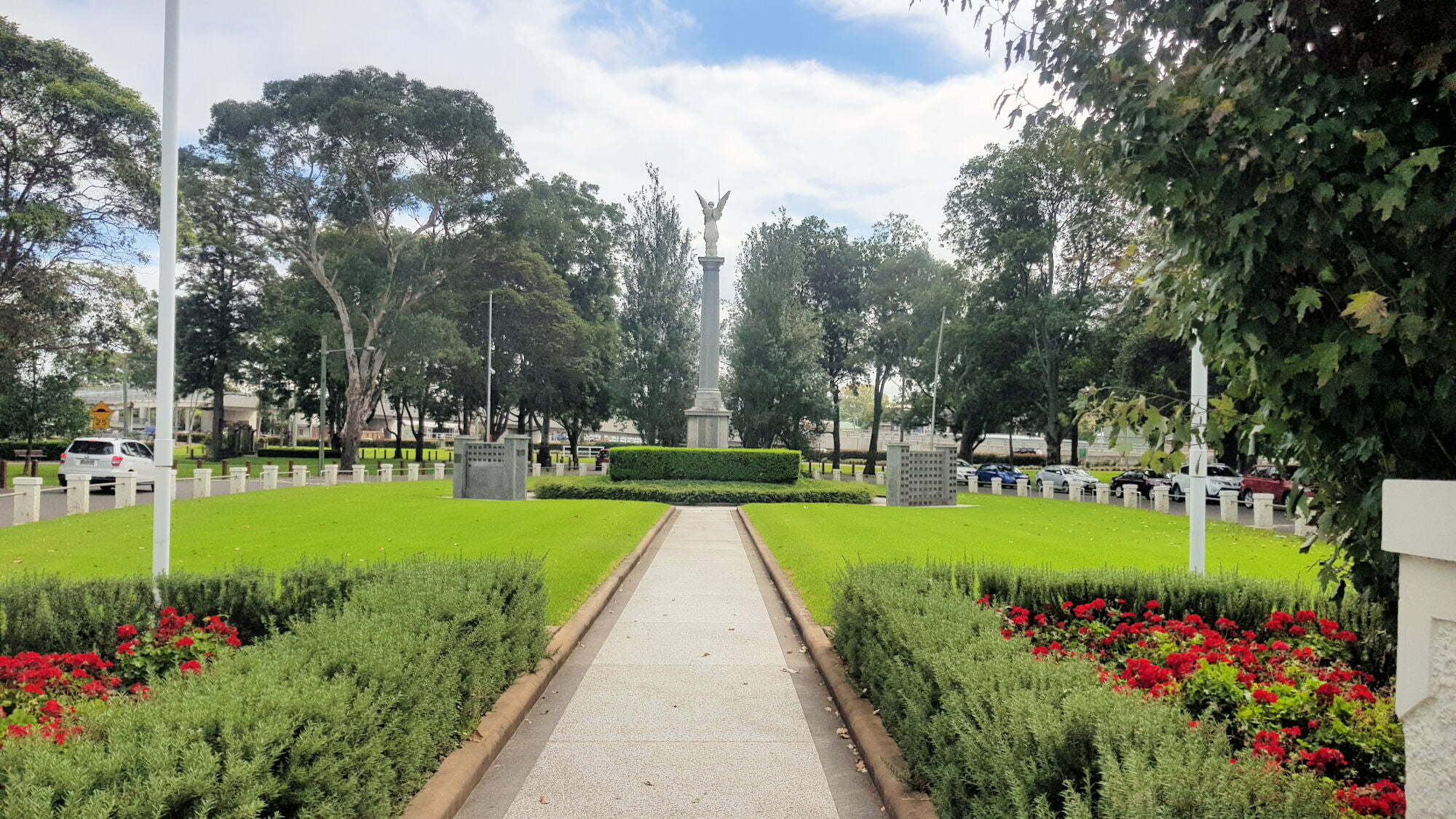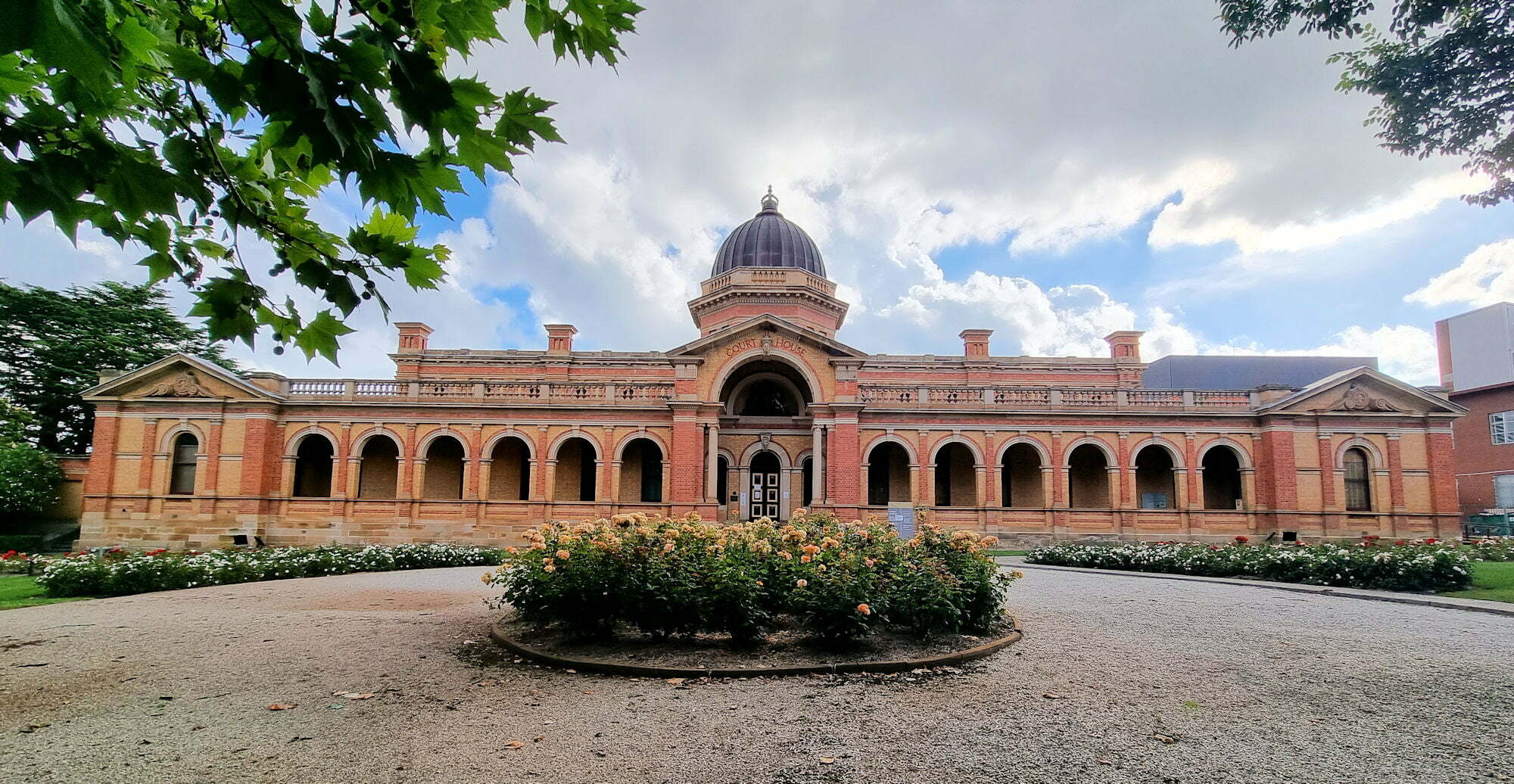Category: Church
Church
-
St. James Church Sydney

St. James Church Sydney Designed by convict architect Francis Greenway, St James Church Sydney is the city’s oldest church. Built between 1819 and 1824 using convict labour and consecrated on 11 February 1824 it has been in continuous use to the present day. Located at the end of King Street, the closest train station is… Read more
-
Maitland Park

Maitland Park The centre for local outdoor sports like football, netball cricket and hockey, Maitland Park also has some interesting memorials scattered around its grounds. Located in the New South Wales Hunter Valley two hours north of Sydney, plenty of parking makes access easy. St. Pauls’ Church The largest place of interest was the old… Read more
-
Goulburn New South Wales Australia

Goulburn New South Wales Australia Established in 1833, Goulburn New South Wales is 195 km south-west of Sydney and 90 km north-east of Canberra. It was declared Australia’s first inland city in 1863. To get to Goulburn, you can travel by train on NSW CountryLink services or by coach. It is approximately two hour’s drive… Read more